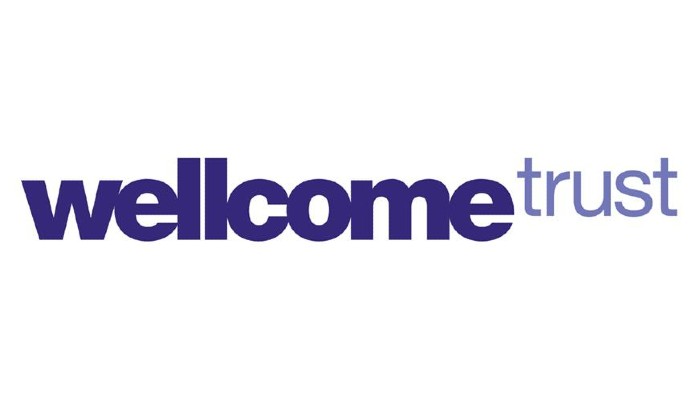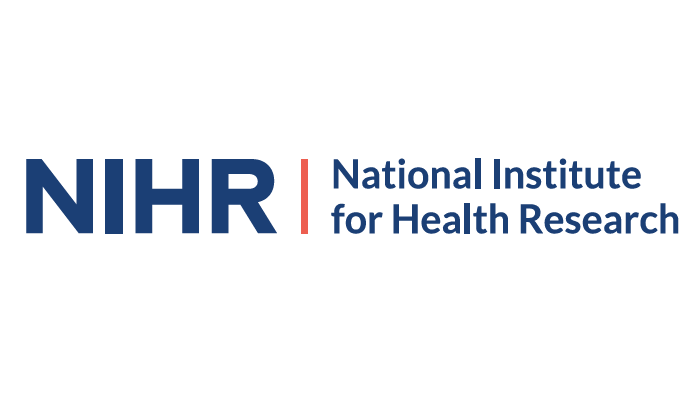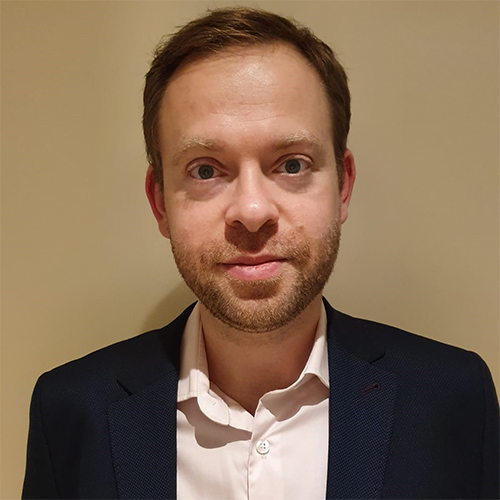About this project
Explore the people, research centres and partner organisations behind this project.
Research partners
Loma Linda University Medical Center Sheffield Children's NHS Foundation Trust HospitalVR myoelectric prosthesis training system for amputees
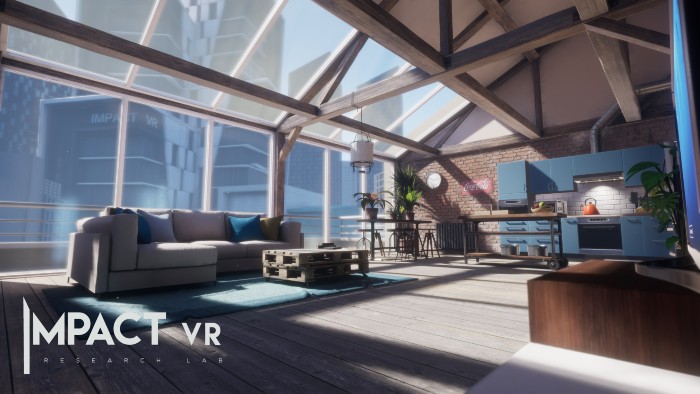
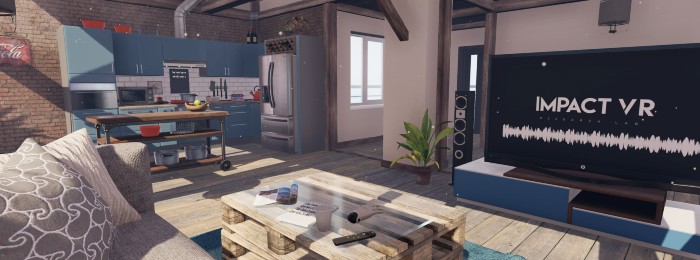
Funding partners
About this project
Explore the people, research centres and partner organisations behind this project.
Research partners
Loma Linda University Medical Center Sheffield Children's NHS Foundation Trust HospitalPublications
Phelan, I., Arden, M., Matsangidou, M., Carrion-Plaza, A., & Lindley, S. (2021, May).Designing a Virtual Reality Myoelectric Prosthesis Training System for Amputees. In Extended Abstracts of the 2021 CHI Conference on Human Factors in Computing Systems. (pp. 1-7). https://dl.acm.org/doi/10.1145/3411763.3443454#
Phelan, I., Furness, P. J., Matsangidou, M., Babiker, N. T., Fehily, O., Thompson, A., Carrion-Plaza, A., & Lindley, S. A. (2021).Designing effective virtual reality environments for pain management in burn-injured patients., Virtual Reality, 1-15. DOI: https://doi.org/10.1007/s10055-021-00552-z
Phelan, I., Furness, P. J., Matsangidou, M., Carrion-Plaza, A., Dunn, H., Dimitri, P., & Lindley, S. A. (2021).Playing your pain away: designing a virtual reality physical therapy for children with upper limb motor impairment., Virtual Reality, 1-13. DOI: https://doi.org/10.1007/s10055-021-00522-5
Phelan, I., Furness, P. J., Dunn, H. D., Carrion-Plaza, A., Matsangidou, M., Dimitri, P., & Lindley, S. (2021). mmersive virtual reality in children with upper limb injuries: Findings from a feasibility study.,Journal of Pediatric Rehabilitation Medicine, 401 – 414. DOI: 10.3233/PRM-190635
Chau, B., Phelan, I., Ta, P., Chi, B., Loyola, K., Yeo, E., ... & McCowan, B. (2020). Immersive virtual reality for pain relief in upper limb complex regional pain syndrome: a pilot study. , Innovations in Clinical Neuroscience, 17(4-6), 47. PMID: 32802594
Phelan, I., Furness, P., Fehily, O., Thompson, A., Barker, N., Lamb, M. & Lindley, S. (2019).A mixed-methods investigation into the acceptability, usability and perceived effectiveness of active and passive virtual reality scenarios in managing pain under experimental conditions., Journal of Burn Care & Research, 40(1), 85-90. DOI: 10.1093/jbcr/iry052
Furness, P., Phelan, I., Babiker, N., Fehily, O., Thompson, A. & Lindley, S. (2019). Reducing pain during wound dressings in burn care using virtual reality: a study of perceived impact and usability with patients and nurses., Journal of Burn Care & Research, 40(6), 878-885. DOI: 10.1093/jbcr/irz106
Chau, B., Phelan, I., Ta, P., Humbert, S., Hata, J., & Tran, D. (2017). Immersive virtual reality therapy with myoelectric control for treatment-resistant phantom limb pain: Case report. ,Innovations in clinical neuroscience, 14(7-8), 3. PMC: PMC5880370
Phelan, I., Arden, M., Garcia, C. & Roast, C. (2015). Exploring virtual reality and prosthetic training., In: T. Hollerer., V. Interrante., A. Lecuyer & J.E, Swan (eds.) Proceedings 2015 IEEE Virtual Reality Conference (VR). Arles, France, 23-27 March, 2015. Piscataway, NJ, IEEE, 353-354. DOI: 10.1109/VR.2015.7223441

